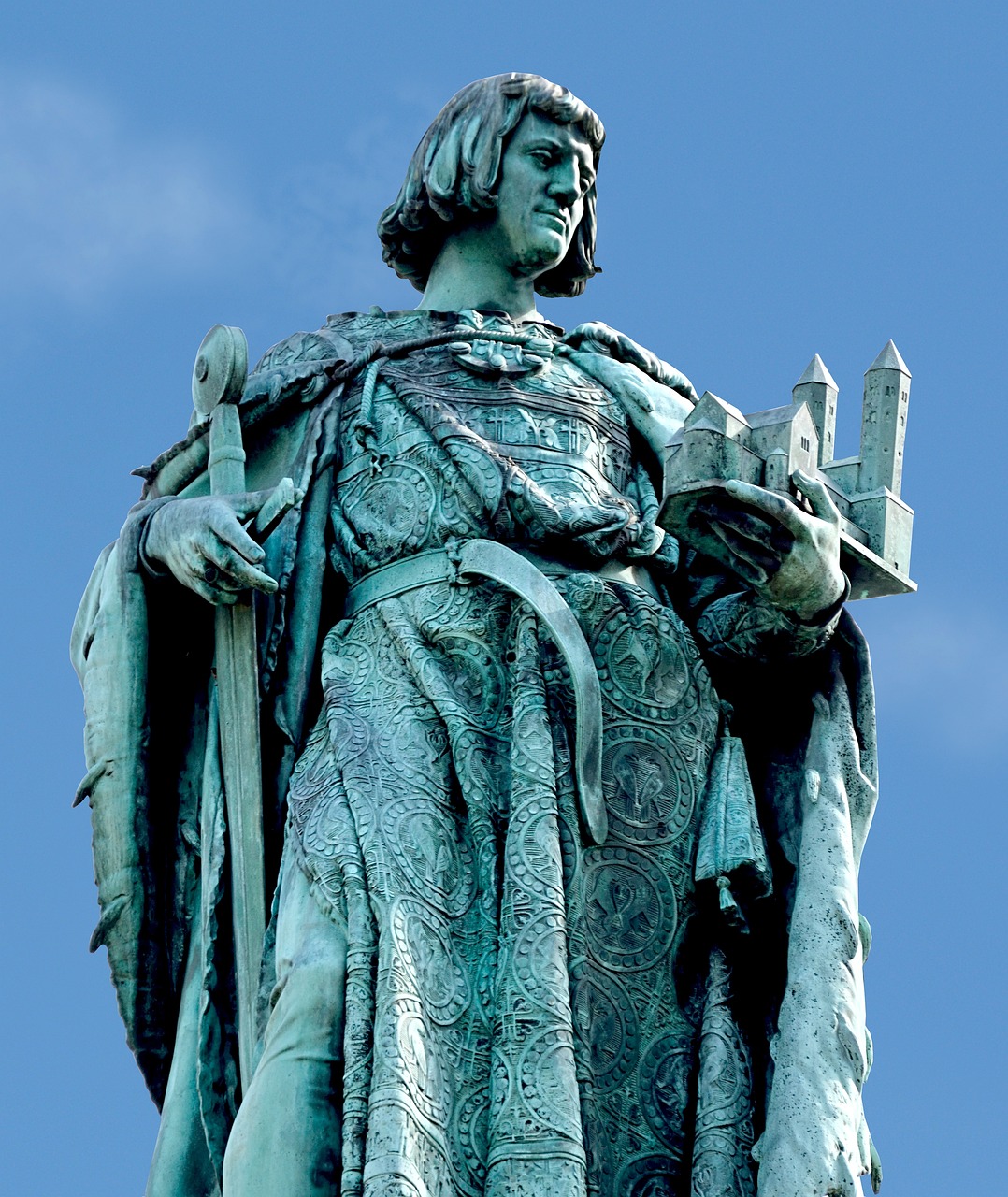Ptolemaic Period Sculpture: The Bes-Image
Located in Gallery 131 at The Met Fifth Avenue, this remarkable sculpture represents the deity known as Bes, specifically characterized as a “Bes-image.” While Bes is often depicted in its likeness, the actual name of the figure remains unidentified on this statue. From the Kushite Period, stylized representations of Bes became prominent in architectural elements, including abaci, column shafts, and occasionally, two-sided pillars, particularly associated with mammisis—temples dedicated to the birth of child-gods. This connection implies a long-standing tradition of connecting Bes with household matters and fertility.
Typically, the Bes figures are frontal and display high relief carvings, although the unusual depth of this piece may suggest it originated from a shaft or abacus, diverging from common practices. An alternative theory proposes that this sculpture may have belonged to a standalone statue. A notable 1-meter-tall statue of Bes was discovered in a chapel at Saqqara’s Serapeum alongside other artifacts dating back to the reign of Nectanebo II. If this head is indeed part of such a statue, it is possible that it represents not just Bes but perhaps other deities, particularly those linked to Horus, who sometimes adopted Bes’s features.
The sculpture is believed to have originated from Bubastis, situated in the Egyptian Delta. Despite the damage at this historically important site, excavations have revealed various hard-stone elements and limestone fragments from wall decorations. The limestone used for this sculpture closely resembles that found in Bubastis, suggesting that the statue could originate from there. A dating to the reign of Nectanebo II seems plausible, given his significant construction works at this location and his name being among the limestone remains.
While the portrayal of features associated with the Bes image showed considerable consistency from the Late Period into the Ptolemaic, the preserved carved ear of the deity—though lion-like—exhibits proportions greater in height than width, aligning it with specific representations from the Thirtieth Dynasty.
About the Artwork:
– Title: Column Capital in the form of a Bes-image
– Period: Ptolemaic Period (332–30 B.C.)
– Geographic Origin: From Egypt, reportedly from Eastern Delta, Tell Basta (Bubastis)
– Medium: Limestone
– Dimensions: Height: 39.5 cm (15 9/16 in); Width: 52 cm (20 1/2 in); Depth: 21.5 cm (8 7/16 in)
– Credit Line: Rogers Fund, 1923
– Accession Number: 23.2.35
The Met houses a collection of ancient Egyptian art encompassing about 26,000 works of artistic, historical, and cultural significance, spanning from the Paleolithic era through to the Roman period. Their libraries and research centers offer invaluable resources for academic inquiries and invite an international array of scholars and students to engage with historical collections.



